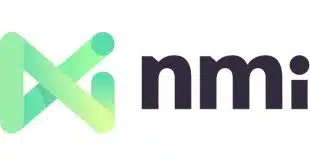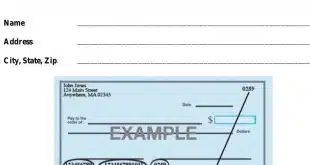At a time when companies as big and diverse as Google Inc., eBay Inc.'s PayPal, the bank card networks and others are all moving into mobile banking and payments, a regional bank in Mississippi has emerged as one of the more experienced players in the embryonic market. Tupelo-based BancorpSouth Inc. began testing mobile banking last November and in March began rolling the service out to its customer base in the Southeast. Only about 1,000 customers are using the mobile service now, but Michael Lindsey, senior vice president and manager of electronic delivery services, expects that number to grow rapidly as more types of cell phones become configured for mobile banking and as BancorpSouth figures out new ways to integrate mobile banking and payments with its base of 367,000 MasterCard debit cards. “I would rate this project a success,” Lindsey tells Digital Transactions News via e-mail. “It has been a great opportunity for BancorpSouth to show that you don't have to be a mega bank to be innovative. We will continue to nurture this channel much like we did with the Internet-banking channel in the late '90s.” Lindsey won't talk about specifics, but says the bank is considering near-field communication (NFC) technology to enable contactless payments between mobile phones and point-of-purchase terminals; person-to-person payments; and what he calls a “true mobile wallet.” “We look at Internet-banking functionality on the mobile device as just the starting point,” Lindsey told an audience last week at the Foreword Financial Expo in Chicago, where he gave a presentation about BancorpSouth's test. Besides about 200 volunteer customers already using or willing to sign up for BancorpSouth's Internet-banking service, the test involved AT&T Inc., now the full owner of the former Cingular Wireless?the biggest cell-phone network in the bank's eight-state footprint?and Atlanta-based mobile-banking and payments software provider Firethorn Holdings LLC. In the test, customers needed to have Cingular service, and they had a choice of three different cell phones onto which they needed to load the Firethorn application. Some customers had trouble installing the application, a sign that more people would use mobile-banking services if carriers pre-loaded the applications, according to Lindsey. Still, the test went relatively smoothly; the bank's customer-service department got only 87 calls from participants. Balance inquires proved to be the most popular banking function among the testers, followed by account-to-account transfers, according to Lindsey. The test also involved bill payments. Among one subset of customers, scheduled bill payments rose nearly 12%. Security for the trial involved multifactor authentication, including six-digit PINs. “Security was probably the biggest thing we were concerned about going into this,” Lindsey told his audience. “We probably did overkill.” Wider rollout of mobile banking and payments depends on a number of factors, including carriers offering more banking-enabled cell phones and coordination of card-issuance cycles, which can extend from three to five years, with the shorter average life span of a cell phone, according to Lindsey. He also said banks must be ready to address concerns regulators may raise. Nonetheless, mobile banking is making headway. A new report from Boston-based Aite Group LLC predicts the number of users will grow from 1.68 million to 34.9 million in the next four years (Digital Transactions News, Sept. 5).
Check Also
After Some Fixes, PayPal Says It Has Surpassed $30 Billion in Loan Originations
Trumpeting its financing services for small and mid-size businesses, payments giant PayPal Holdings Inc. disclosed …




